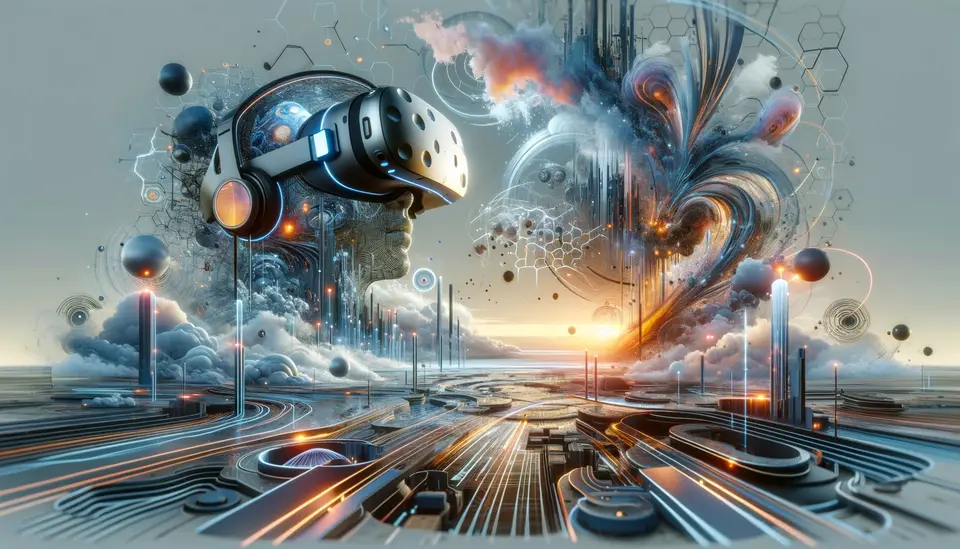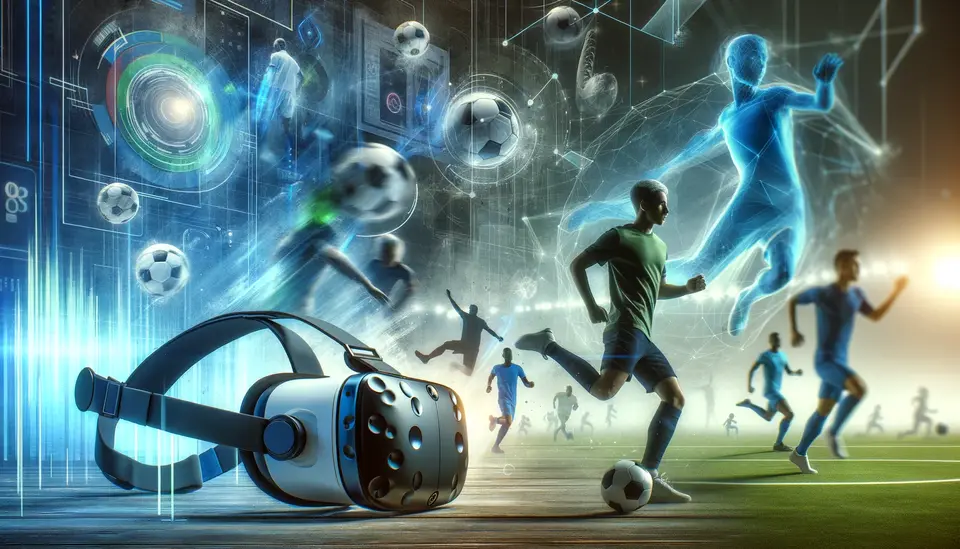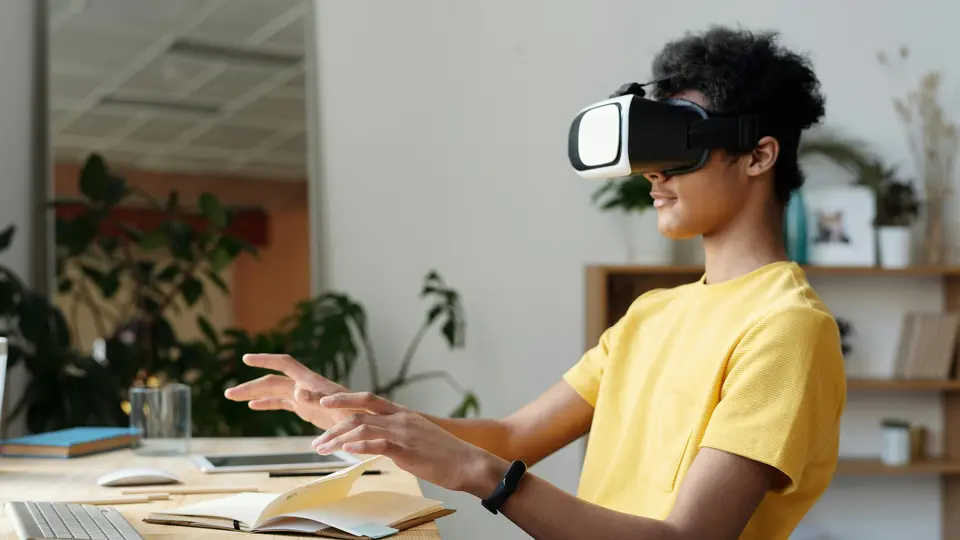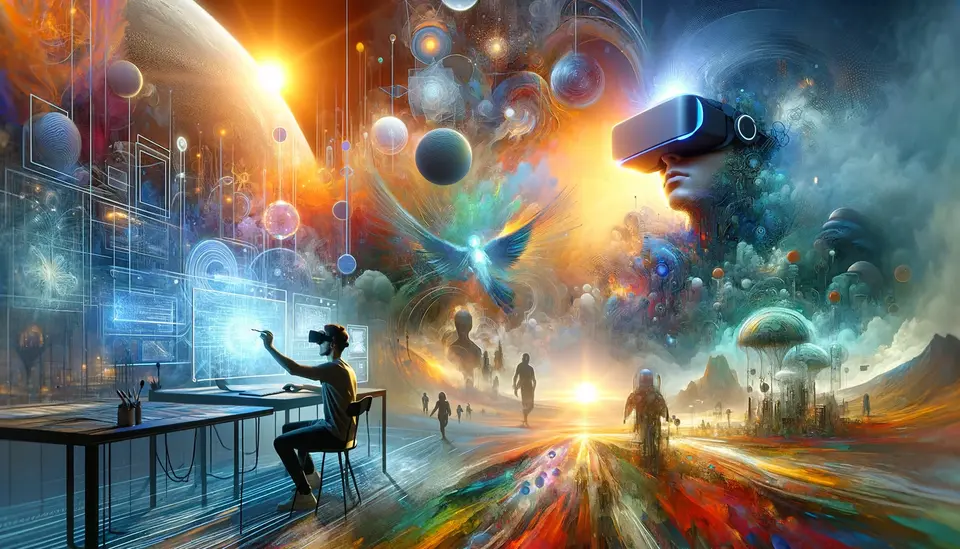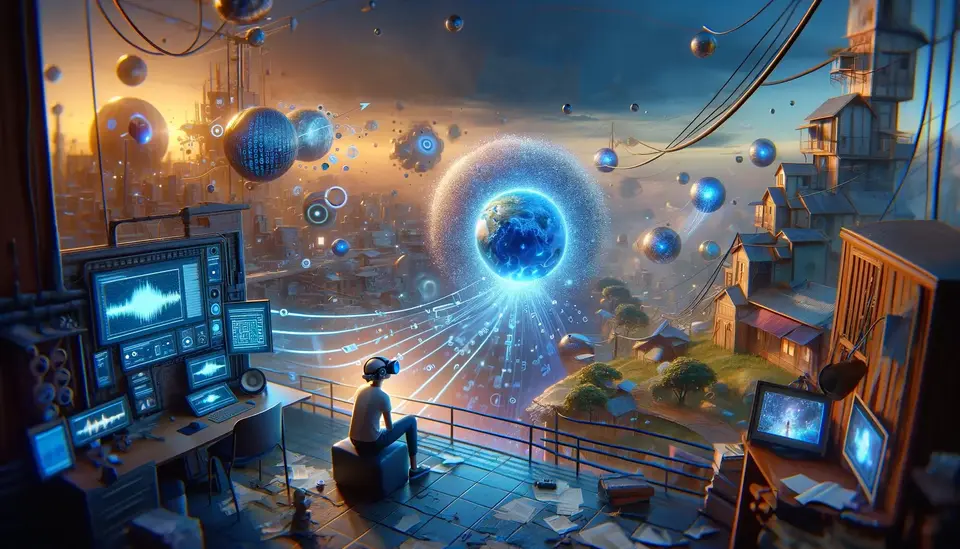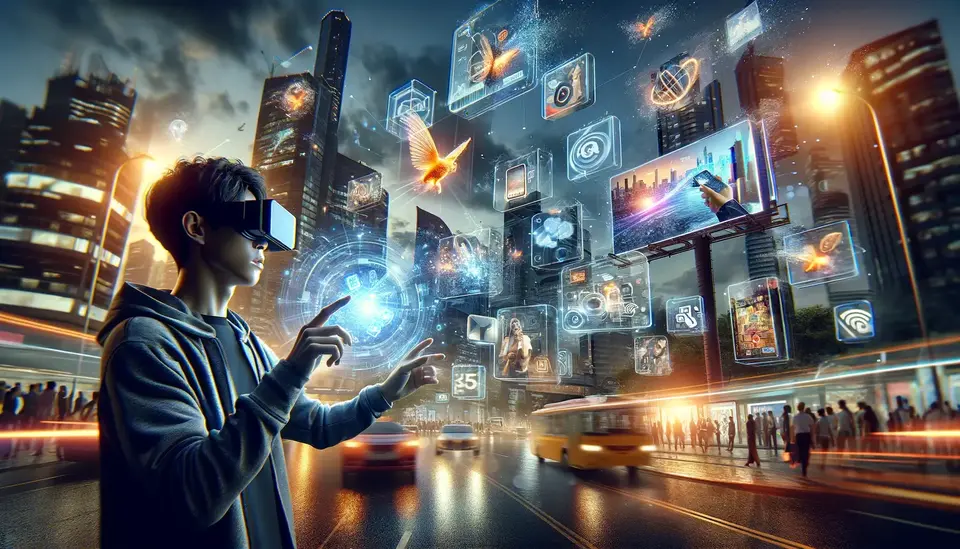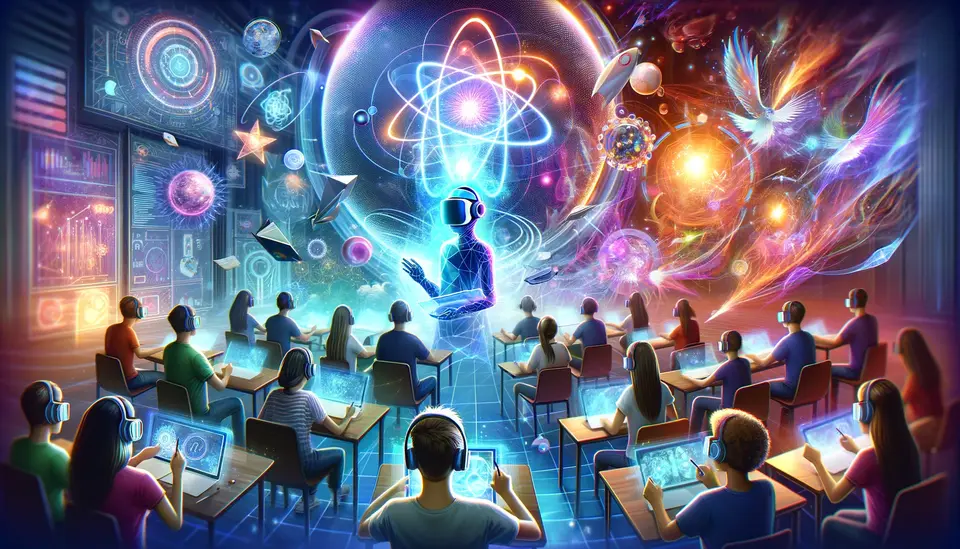Sora's Impact on Virtual Reality (VR) Content Creation
Posted on February 26, 2024 9 minutes 1809 words
Table of contents
- 1. Introduction
- 2. The Evolution of VR Content Creation
- 3. Sora’s Technical Features and Its Advantages for VR
- 4. Enhancing Immersion and Realism in VR with Sora
- 5. Sora’s Role in Streamlining VR Content Production
- 6. Creative Possibilities Unleashed by Sora in VR
- 7. Possible Studies and Applications
-
8. The Future of VR with Sora
- A. Predictions and Trends for the Future of VR Content Creation with Sora
- B. The Potential Impact on Various Industries
- C. Final Thoughts on the Evolving Landscape of VR and AI Technologies
- 9. Conclusion
- A. Recap of Key Points Discussed in the Blog Post
- B. Final Thoughts on the Significance of Sora in VR Content Creation
- C. Call to Action for Readers
1. Introduction
A. Explanation of Sora and its Capabilities
Sora, an advanced AI model developed by OpenAI, has revolutionized the way we think about video generation. Unlike traditional video creation tools, Sora can create realistic and imaginative scenes purely from text instructions. Its capabilities are not limited to mere video generation; Sora is designed to understand and simulate the physical world in motion, aiding in solving real-world interaction problems.
B. Brief Overview of VR Content Creation
Virtual Reality (VR) content creation has been a growing field, focusing on producing immersive environments that engage users in a simulated reality. Traditionally, creating VR content involves complex processes like 3D modeling, animation, and software programming. This makes the process time-consuming and often requires specialized skills.
C. Introduction to the Intersection of Sora and VR
The intersection of Sora and VR represents a significant leap in content creation. Sora’s ability to generate detailed and dynamic scenes through simple text prompts opens up new possibilities in VR, offering a more efficient and intuitive way to create immersive virtual environments.
2. The Evolution of VR Content Creation
A. Early Stages of VR Content Development
In the early stages, VR content was rudimentary, focusing on basic 3D models and simple interactive elements. The process was limited by technology and the expertise required in 3D animation and programming.
B. Challenges Faced in Traditional VR Content Creation
Traditional VR content creation faced challenges like high costs, the need for skilled professionals, and extensive development times. Additionally, achieving realism and user immersion was often a significant hurdle due to technological constraints.
C. The Growing Demand for More Immersive and Dynamic VR Experiences
As technology advanced, there was an increasing demand for more immersive and dynamic VR experiences. Users sought realistic environments, detailed scenes, and interactive elements that closely mimic the real world, pushing creators to seek innovative solutions.
3. Sora’s Technical Features and Its Advantages for VR
A. Detailed Explanation of Sora’s Technical Capabilities
Sora is a diffusion model, starting with a base that resembles static noise and progressively refining it into a clear, detailed video. It can generate or extend videos, ensuring consistency even when subjects move out of view temporarily. Its transformer architecture, akin to GPT models, allows for scaling and handling a wide range of visual data.
B. How Sora’s Features Specifically Benefit VR Content Creation
Sora’s capabilities, such as generating videos from detailed text prompts and maintaining the style and character consistency across frames, are particularly beneficial for VR. This allows for the creation of nuanced and complex VR environments that are coherent and detailed.
C. Case Studies or Examples of Sora-Enhanced VR Experiences
Sora’s ability to generate content in various aspect ratios and resolutions makes it ideal for VR applications. It can create content tailored to different devices, maintaining composition and framing quality. By leveraging techniques like re-captioning, Sora ensures high text fidelity, crucial for VR storytelling where details matter.
4. Enhancing Immersion and Realism in VR with Sora
A. Discussion on How Sora Contributes to More Immersive VR Environments
Sora’s ability to generate realistic and imaginative scenes from text instructions significantly enhances the immersion in VR environments. Its advanced AI capabilities allow it to understand and simulate the physical world in motion, crucial for creating VR content that requires interaction with real-world elements. This feature is particularly important in VR, where immersion and realism are key to a compelling user experience.
B. The Role of Realistic Video Generation in Enhancing VR User Experience
The realism in VR content is pivotal in maintaining user engagement and believability. Sora addresses this by offering improved framing and composition in video generation, ensuring that subjects remain fully in view and that scenes are composed with natural proportions. This attention to detail in video generation directly translates to a more authentic and immersive VR experience.
C. Potential for Creating More Life-Like and Interactive VR Content
Sora’s capabilities extend to maintaining 3D consistency, ensuring that as the camera moves, all elements within the scene move realistically in three-dimensional space. This feature is vital for VR, where perspective and depth cues are integral to the experience. Moreover, Sora’s ability to model both short- and long-range dependencies in videos allows for more life-like interactions within the VR world, such as a painter leaving strokes on a canvas or a person eating and leaving bite marks, thereby enhancing the interactivity of VR content.
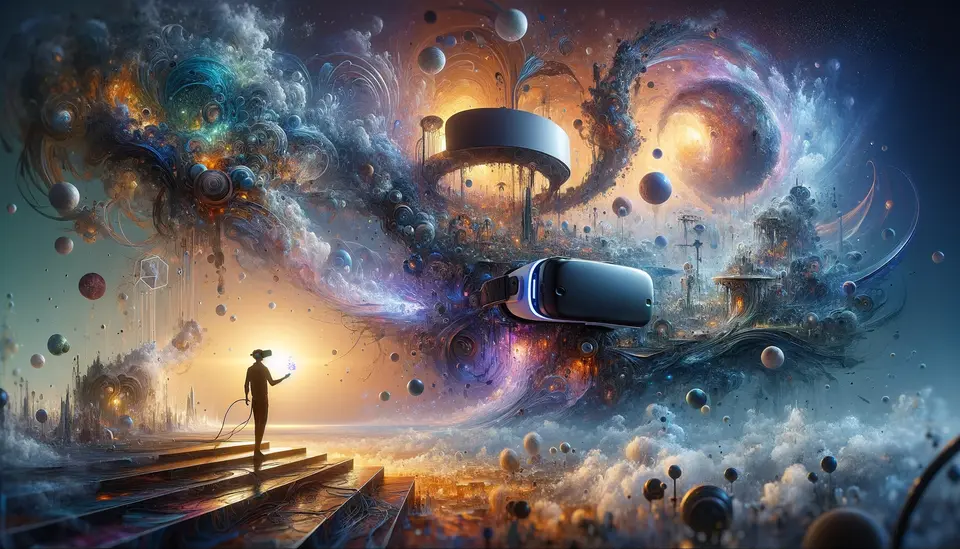
5. Sora’s Role in Streamlining VR Content Production
A. How Sora Simplifies and Accelerates the VR Content Creation Process
Sora represents a paradigm shift in VR content creation, simplifying and accelerating the process significantly. By converting text prompts into detailed scenes, Sora reduces the need for extensive manual modeling and animation, allowing creators to focus more on the creative aspects of VR content development.
B. Comparison with Traditional VR Content Creation Methods
Traditional VR content creation often involves labor-intensive processes like 3D modeling, texturing, and animation. Sora, by contrast, automates much of this process, allowing for the rapid prototyping and creation of complex scenes. This not only speeds up the production process but also makes it more accessible to a broader range of creators, including those without specialized skills in 3D animation or programming.
C. Impact on the VR Industry in Terms of Production Efficiency
The introduction of Sora into the VR content creation process marks a significant stride in production efficiency. It enables quicker turnaround times for projects, allows for more experimentation without additional costs, and opens up the possibility for more dynamic and varied content, ultimately leading to a richer and more diverse VR ecosystem.
6. Creative Possibilities Unleashed by Sora in VR
A. Exploring the New Creative Frontiers Opened by Sora in VR Storytelling and Design
Sora, with its ability to create realistic and imaginative scenes from text instructions, offers vast potential in VR storytelling and design. It can generate complex scenes with multiple characters, specific types of motion, and accurate details of the subject and background, providing a rich canvas for VR creators to experiment with. The possibility to interpret prompts deeply and generate emotionally expressive characters adds another layer of depth to VR storytelling.
B. Examples of Unique VR Experiences Enabled by Sora
While Sora isn’t currently available to the public, its capabilities suggest exciting possibilities for VR. For instance, Sora’s ability to extend videos in time, both forwards and backwards, could create unique, continuous VR experiences, such as infinite loops or time-reversed narratives. Additionally, Sora’s video-to-video editing skills and image generation capabilities up to high resolutions could enable seamless transitions between different VR scenes or create detailed virtual environments.
C. Hypothetical Testimonials in a Future Where Sora is Publicly Accessible
In a future scenario where VR content creators can access Sora, they might praise its ability to generate high-quality, realistic content quickly, transforming the creation of interactive and immersive VR experiences. Its ease of use and the quality of the output would likely be highlighted as major advancements in the field of VR content creation.
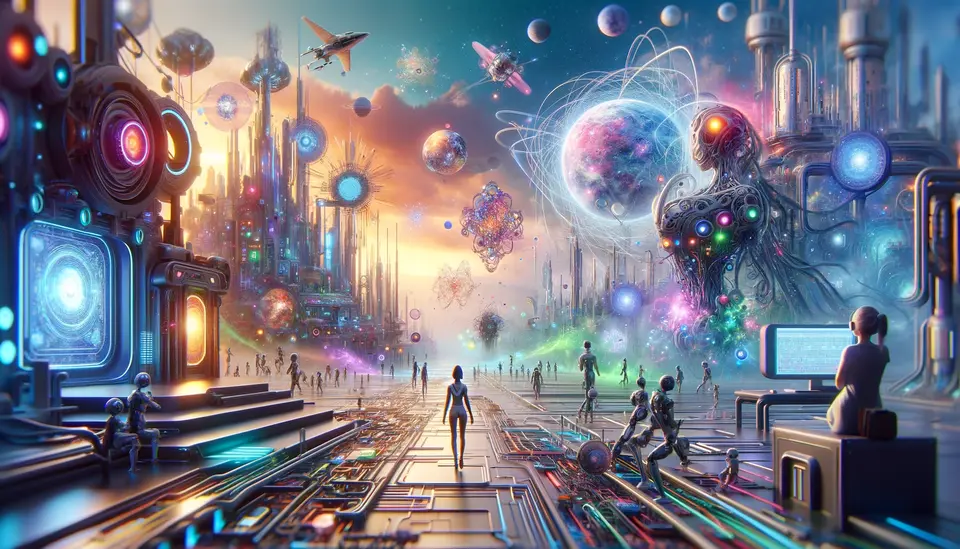
7. Possible Studies and Applications
The emergence of Sora as a sophisticated AI model creates a myriad of potential studies and applications, particularly in the realm of virtual reality (VR). Sora’s capability to generate realistic and imaginative scenes from text instructions lays the foundation for various exploratory and practical applications.
- Exploratory Studies: Researchers can utilize Sora’s capabilities to investigate how AI-generated environments impact user experience in VR. This includes studies on perception, interaction, and behavior within simulated environments. For instance, psychologists could study the effects of hyper-realistic VR scenarios on cognitive processes and emotional responses.
- Educational Applications: In the educational sector, Sora’s ability to create detailed and dynamic environments can transform the way educational content is delivered. Imagine VR classrooms where students can witness historical events unfold or explore complex biological ecosystems, all powered by Sora’s realistic simulations.
- Training Simulations: For industries like healthcare, aviation, or military, Sora can create realistic training modules. These simulations could range from emergency response drills to surgical procedures, providing a safe but realistic environment for skill development.
- Creative and Artistic Applications: Sora’s potential in creative fields is vast. Artists and designers could experiment with new forms of digital art or immersive installations, where viewers can interact with AI-generated environments that respond dynamically to their actions.
- Entertainment and Gaming: In the entertainment industry, particularly in gaming and virtual tourism, Sora can create immersive and interactive worlds that offer a new level of engagement. The model’s ability to simulate actions that affect the state of the world, such as leaving new strokes on a canvas or eating a burger with visible bite marks, adds depth to interactive storytelling.
- Urban Planning and Architecture: Urban planners and architects could use Sora to visualize new developments and simulate their impact on existing environments. This could aid in better planning and community engagement.
- Product Design and Prototyping: Companies can leverage Sora to prototype new products in a virtual environment, allowing for rapid iteration and testing without the need for physical prototypes.
As Sora continues to evolve, its applications are likely to expand, offering even more innovative ways to harness AI for creative, educational, and practical purposes.
8. The Future of VR with Sora
A. Predictions and Trends for the Future of VR Content Creation with Sora
Looking forward, the integration of AI models like Sora in VR content creation is expected to lead to more intuitive, efficient, and creative production processes. This could democratize VR content creation, making it accessible to a wider range of creators and leading to a more diverse range of VR experiences.
B. The Potential Impact on Various Industries
Sora’s impact could extend beyond entertainment, affecting sectors like education, training, healthcare, and architecture. Its ability to create realistic simulations could enhance learning experiences, provide safer training environments, and aid in design and planning processes.
C. Final Thoughts on the Evolving Landscape of VR and AI Technologies
As AI and VR technologies continue to evolve and converge, they are likely to transform how we interact with digital content, creating more immersive, realistic, and interactive experiences. The key challenge will be ensuring ethical use and accessibility of these technologies.
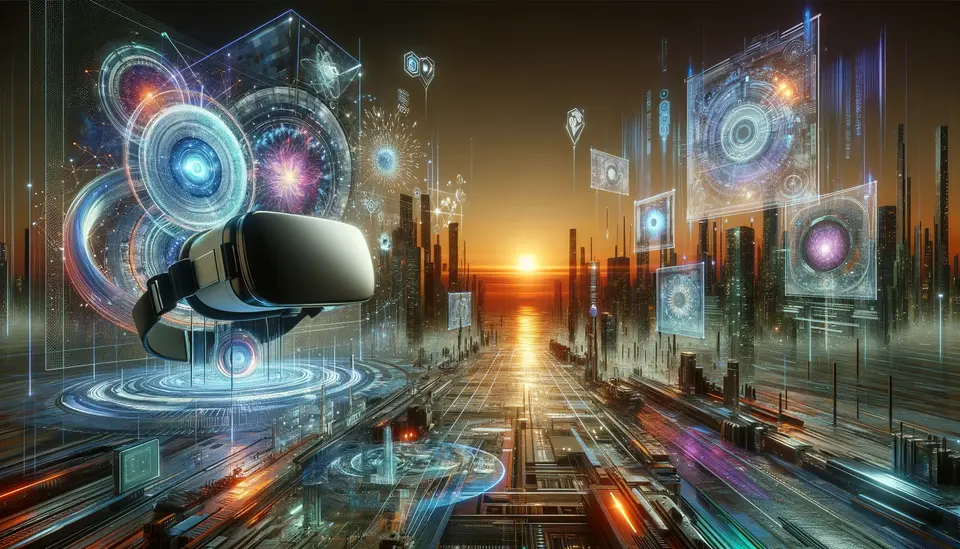
9. Conclusion
A. Recap of Key Points Discussed in the Blog Post
This post explored Sora’s impact on VR, highlighting its capabilities in enhancing immersion, streamlining content production, and unlocking creative possibilities in VR.
B. Final Thoughts on the Significance of Sora in VR Content Creation
Sora represents a significant advancement in AI-driven content creation, with the potential to revolutionize how we create and interact with VR content.
C. Call to Action for Readers
For those interested in the future of VR and AI, staying informed about developments like Sora is crucial. Engaging with these technologies, understanding their potential, and considering ethical implications are important steps for anyone interested in the future of digital content creation.

